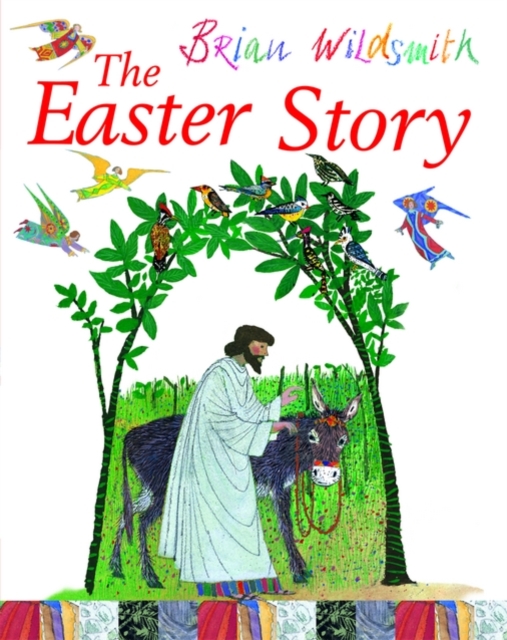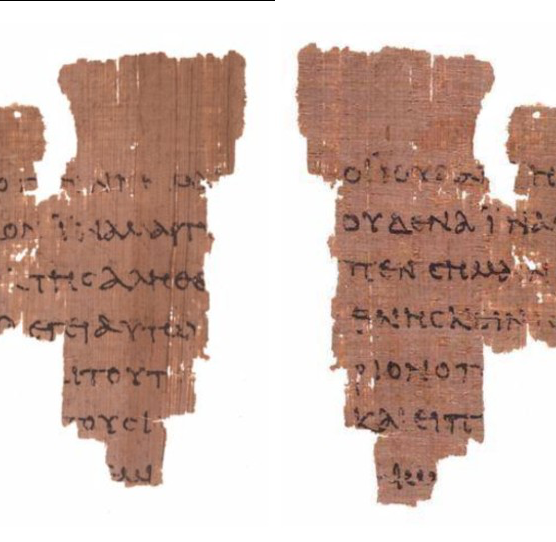For children: Five Books
A good book is good; five is even better. In this instalment of our Five Books series, just in time for Advent (and Christmas preparations), Clare Gardom recommends five books for children.
If you are lucky, you were read to as a child. Some books will have sunk without trace in your memory, though a parent may tell you resentfully that you insisted on the same one every evening, and they can still remember all the words. Sometimes forgotten impressions surface years later: my non-sporty husband’s identification with the hero of The King who Couldn’t Kick’ or my own love of sleeper trains, which I trace back to T. S. Eliot’s Skimbleshanks the Railway Cat. It can be a great joy to share a long-loved book with a child, or it can be unexpectedly flooring, the familiar words catching in your throat, simply because they’ve been a part of you for so long.
What we read to children matters. Phrases, pictures, stories are stored away as tools to interpret the world. As Christians, if we want to encourage our children to interpret the world in the light of God’s love, we need to offer them the stories which will equip them to do so. Here are five books which our nearly three-year-old daughter requests and enjoys, which we read and reread in hope that the message of God’s love is sinking in, to form her view of herself and the world.
The Windy Day: Teddy Horsley and the Holy Spirit by Leslie Francis and Nicola Slee
The Teddy Horsley series introduces children to Christian concepts by making links with daily life. In this one, Teddy Horsley notices that although he can’t see the wind, he can see and feel its effects. The same goes for the Holy Spirit. The parallels are emphasised by the use of repeated phrases: ‘it is a windy day, and Teddy Horsley is a puzzled bear...The Church is celebrating Pentecost, and Teddy Horsley is a puzzled bear.’ The books are small, which appeals to my child, and means they are easy to pack for journeys. I don’t find the pictures particularly interesting, but they are clear and bright. Scriptural passages on which the story draws are quoted in full at the back of the book, and there are suggested questions to prompt further conversations.
Butterworth and Inkpen’s secular children’s books (including Percy the Park keeper, Wibbly Pig, Lullabyhullabaloo) are much loved. Here they bring Christ’s parables to life for children by judiciously adding circumstantial details. The traveller helped by the Good Samaritan has packed jam sandwiches and a flask of tea for his journey; the lost coin is found under the sleeping cat who knocked all the coins off the table in the first place. Some details are glossed to make sense for young children: the Samaritan becomes ‘a stranger from a foreign country.’ Each story is prefixed with the relevant bible passage and concludes with a simple interpretation of the parable: ‘Jesus says, ‘I am like the wise man’s rock. If you trust me, I will never let you down.’ Above all, the illustrations radiate compassion and joy: two faces look out of the wise man’s window in the final picture, as the foolish man’s clothes drip on the washing line; the once-rich merchant, in vest and spotty pants, dances off into the sunset with his pearl. (If such liberties with the text bother you, the ‘What the Bible tells us’ series published by the Bible Societies sticks as close as possible to the text of the Good News Bible).
‘There was nothing,’ this book begins, ‘the innkeeper liked more than a good night’s sleep.’ In this book, the nativity story unfolds offstage, with the innkeeper constantly being disturbed: first Mary and Joseph need somewhere to sleep, then Joseph comes back to ask for ‘another, smaller blanket,’ then… well, you can probably guess. Satisfaction comes from knowing what is happening better than the innkeeper does, so this is a good book for a child already familiar with the basics of the Christmas story. While an adult who enjoys doing the voices can have fun hamming up the innkeeper’s increasingly furious responses, these make his change of heart on encountering the infant Christ all the more moving. Finding that you can’t read the last two pages for the lump in your throat may irritate the child who wants to know what happens, but shows that the retelling has made the story fresh for you, which is at least part of the point of reading it in the first place.
The Easter story is told here through the eyes of the donkey chosen to carry Jesus on Palm Sunday. With a bit of artistic license (the angel luring the donkey up the steps to the upper room with a carrot is noteworthy), the donkey is present at every significant moment. This provides a fresh perspective but leaves the ending anticlimactic: while the disciples follow the great commission, the donkey goes home and remembers Jesus for the rest of his life. I chose this one for its illustrations: I particularly love the crucifixion scene, awash with sombre colour, with the sky full of angels. The Garden of Gethsemane is gold overlaid with purple, and the disciples sleep huddled against the ever-vigilant donkey. The depictions of Jerusalem aim for accuracy (the Israeli Tourist Board is thanked on the flyleaf), while the gold, the angels and the animals will appeal to children not yet ready for the slightly wordy text.
This bible retells key passages in double-page spreads illustrated by a wide range of artists from all over the world. Each one ends with a short prayer. It’s just right for Children’s Church/Sunday School for preschoolers, provided the passage you want is there. Old Testament texts are better represented than in many children’s bibles: Solomon and Sheba, Esther, Isaiah and Jeremiah all feature. The interpretations are recognisably Tutu: the emphasis is on God’s love and the importance of being kind to each other. Slightly older children will need meatier fare if they are to become aware of the Bible’s challenge and complexity, but this version will fill the very young with the knowledge that God made them and loves them, and that’s a very good start.










